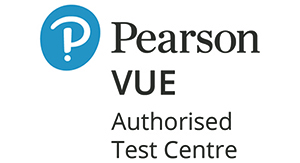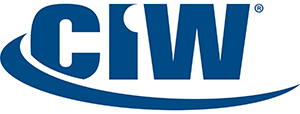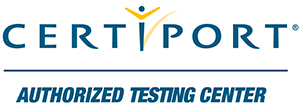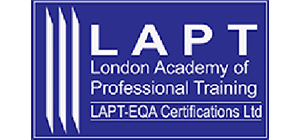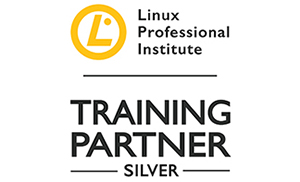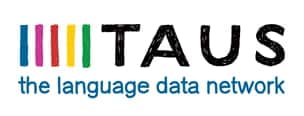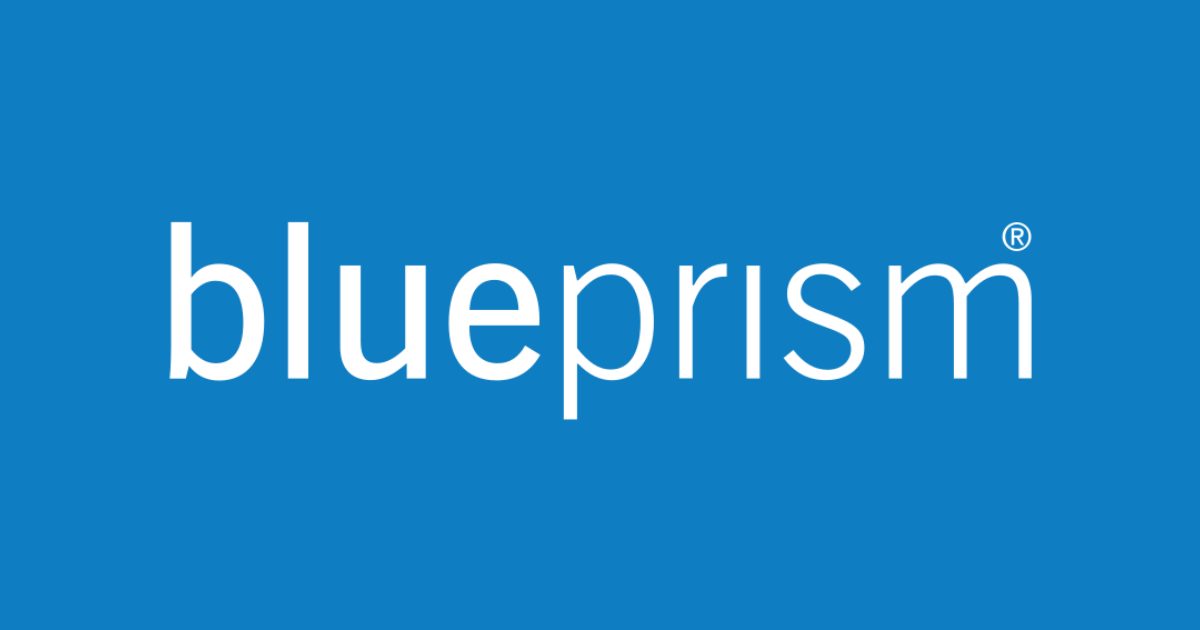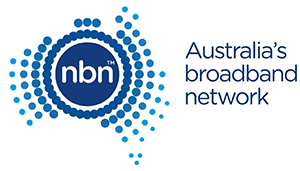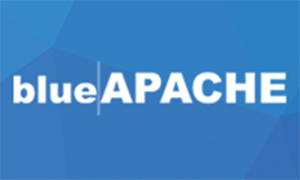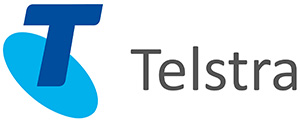Microsoft Active Directory
Active Directory (AD) is a feature used on PCs and servers running the Microsoft Windows operating system. Microsoft Active Directory is used to store network, domain, and user data and was initially created by Microsoft in 1996. It was first featured on Microsoft Windows 2000. Active directories deliver a number of functions and features including providing data regarding objects adjusted for fast access and-or retrieval. This allows administrators to set up system security, push user computer updates, and act as a hierarchical network structure. The structure is typically configured in three categories to contain: hardware such as printers or scanners, web email servers, and objects that are in the network and domain’s main features.
What Are Active Directories Used to Accomplish?
Microsoft Active Directory is used by computer administrators to achieve end-user computer software packages, files, and accounts on intermediate to large-sized businesses. Instead of visiting every individual client computer to upgrade new software or install Windows patches, the work can be done by updating a single object situated within a Microsoft Active Directory forest or tree. Similarly, Microsoft Active Directory gives the network administrator the ability to grant or remove access at the user level for one or more applications or file structures. The two types of “trusts” that are included in the Microsoft Active Directory are one-way non-transitive and one-way transitive trusts. In the transitive trusts, the trust level covers the past two domains in a set tree. In this situation, two units can access the other’s domains and trees.
In one-way transitive trusts, a user is given admission to another domain or tree; however, the other domain is not permitted access to previous domains. This permission set is very similar to the classic administrator and end-user instance. In this situation, the administrator can view and access most trees in the forest to include an end user’s domain. The end-user though, cannot access other trees outside his or her own domain.
Active Directories are principally used to organize large enterprises or corporations’ computer networks and information. They help save time and cost by abolishing the need to visit each computer individually to complete routine maintenance and upgrades. Although the learning curve to operating an Active Directory is substantial, when operated correctly they can result in more efficient big network operations.
How Does an Active Directory Works?
An Active Directory acts as a special-purpose database for all the Windows computers on the network. The system is not planned as a Windows registry replacement, rather, it is intended to manage great numbers of reading and search operations as well as changes and updates. The information stored in Active Directory is intended to be replicated, hierarchical, and extensible. Since the information gets replicated, it is not considered beneficial for dynamic data like CPU performance statistics. Relevant data that is normally stored in Active Directory includes user contact information, printer queue data, and exact computer or network configuration data. The data stored in Active Directory is in Object and attribute format defined in the AD schema.
Looking for an IT Job?
Please call us on 1800 159 151, or complete the form below.











